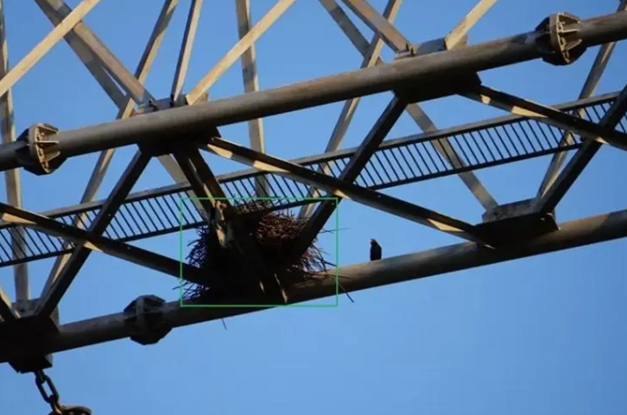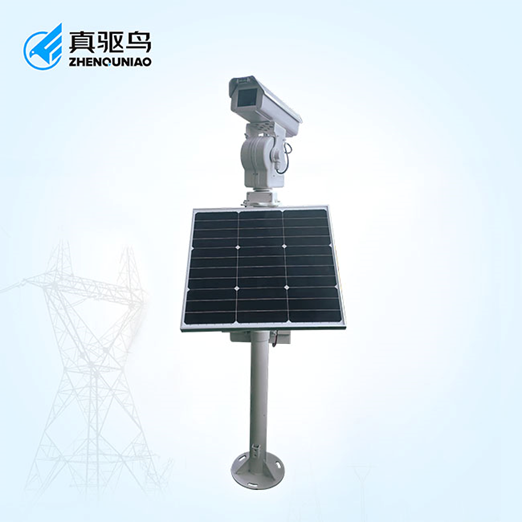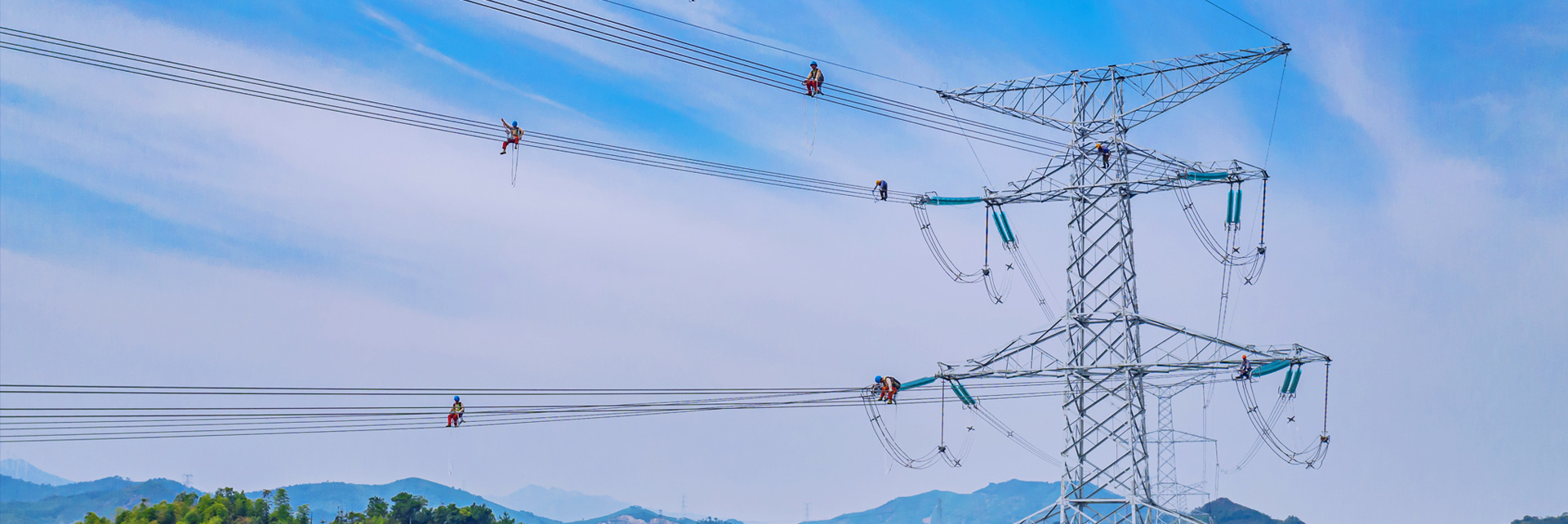The reason why birds choose to roost in high-voltage pylons, substations and other places, mainly based on two considerations: security and food resources.
For small birds, nesting on the ground is vulnerable to predation by predators, while the location of high-altitude air is relatively safe. High-voltage towers and substations are usually located off the beaten path, which provides them with a safer habitat. In addition, because these facilities are often located in open areas or at the foot of mountains, the surrounding vegetation is less, the view is wide open, which is conducive to bird foraging and vigilance, thus reducing the risk of being detected by natural enemies.
From the perspective of food resources, high-voltage pylons, substations and other places are often also a paradise for insects to gather. These insects not only provide a rich source of protein for birds, but also help them to replenish energy and promote growth and reproduction. As a result, these areas have become one of the ideal habitats for birds.
However, while they are convenient, they pose hidden dangers to the normal supply of electricity. One of these is the problem of bird droppings contaminating insulators. Birds emit droppings when they stay on poles, and these droppings may land on nearby insulators, leading to contamination of their surfaces. This will not only affect the normal operation of the insulator, but also may cause electric flash accident.
In addition to this, there are other potential hazards associated with the presence of birds on utility poles. For example, large birds such as eagles may accidentally touch the wires and suffer electric shock, or even lead to death. In addition, if birds build nests on the pylons, falling nesting materials can cause damage to electrical apparatus or risks such as short circuiting and tripping of lines.

Our laser bird repeller - Automation Intelligent Laser Bird Repeller SystemZQN-DL-JG can effectively prevent birds from entering the laser scanning area, avoiding bird activities affecting the operation of the substation. The system integrates laser bird repellent technology and AI video recognition technology, realizing accurate monitoring and effective repelling of birds.
How does an automated smart laser bird repellent system work?
The system is able to recognize various bird species and monitor bird activities around the substation in real time. Once the AI video recognition system detects a bird approaching, the device will immediately activate the laser bird repellent function, emitting a 532nm green laser beam to repel birds. This instant response mechanism greatly reduces the possibility of birds staying and nesting around power facilities, preventing bird damage from the source.
The laser beam appears as a solid object to the bird, and when it is waved over, the bird will quickly move away from the laser coverage area out of survival instinct. This non-contact method of bird repellent does not cause harm to birds and is a friendly way of repelling birds. At the same time, the laser bird repellent has significant repellent effect on all kinds of birds.

In addition to the laser bird repellent function, the device is also reserved for peripheral linkage function interface, according to the actual needs of the optional sudden loud noise, animal calls and other output functions, to further enhance the effect of bird repellent.
In addition, the equipment supports IoT remote control equipment, which can be turned on and off remotely at regular intervals, which is convenient and quick. In case of emergency, the staff can also quickly take corresponding measures through the remote control system to ensure the safe operation of the substation.









